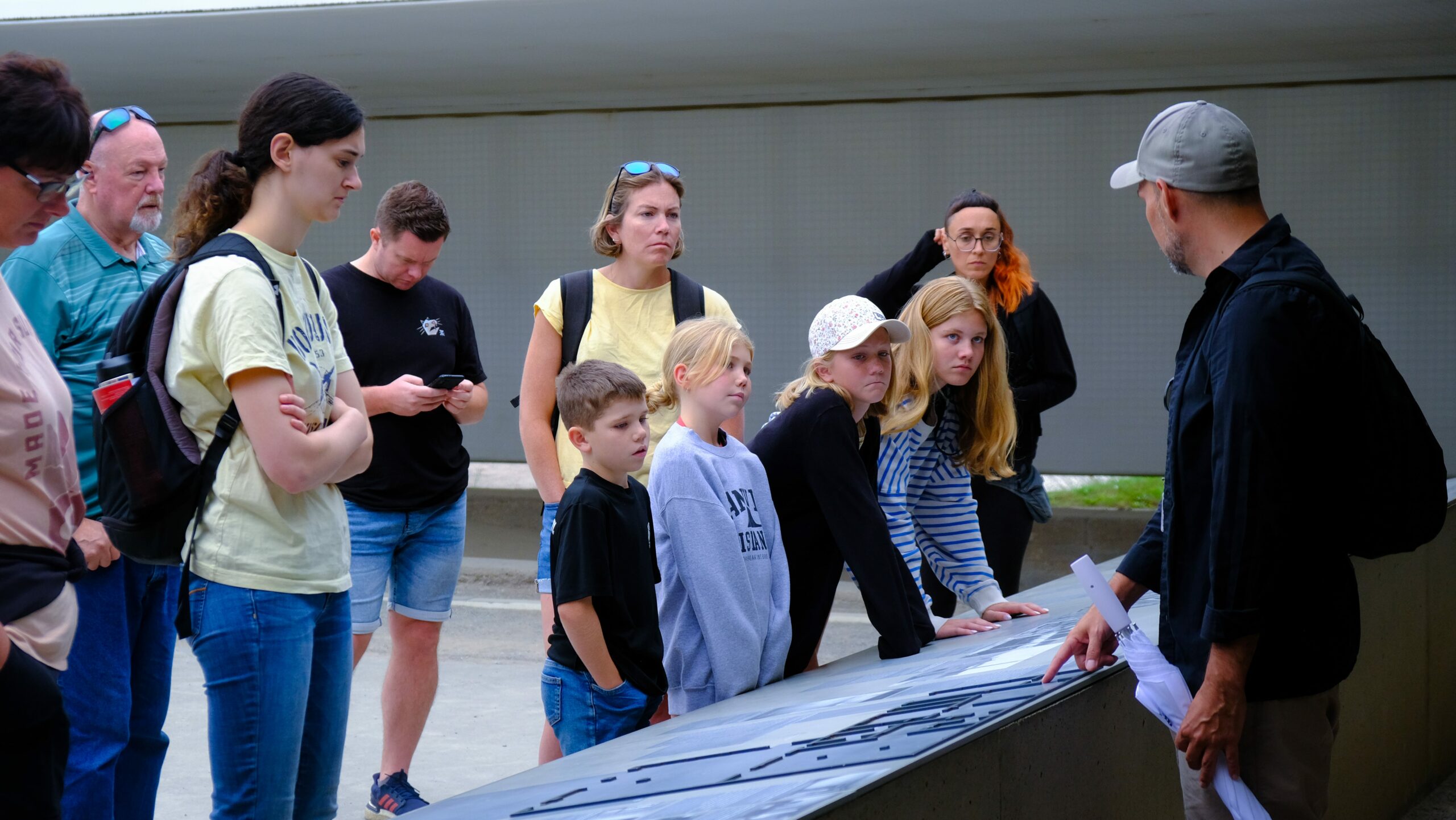These ruin pubs, called romkocsma in Hungarian, have turned Budapest’s nightlife around and attracted people from near and far. Opening around the early 2000s, these eclectic drinking spots are in mostly abandoned buildings in the Jewish Quarter of District VII (Erzsébetváros) and are famed for how lively they are, their relaxing atmosphere and their unusual styling. This writing examines what ruin pubs are about, what sets them apart from other places and their importance in the city’s outlook and image on the world stage.
Where Did Movies Come From
The Jewish Quarter in Budapest, a spot of Jewish heritage before 1944, became run down during and after World War II when most of its population was sent away. During the late 1990s, there were plenty of crumbling factories, warehouses and apartment buildings in the area that were ready for a renovation. In 2002, Ábel Zsendovits led a group of entrepreneurs to open Szimpla Kert, the first ruin pub, on Kertész utca and moved it later, in 2004, to Kazinczy utca. The success of this bar set off a city-wide pattern: reusing spaces marked for demolition and turning them into friendly, unique bars where the drinks were easy on the wallet.
Because of its major success, Szimpla Kert caused other ruin pubs to appear quickly in District VII by the mid-2000s. Instant Northern Tavern, attached to the studio where the breakthrough film came from and Fogas Ház became popular, as did Kőleves Kert, each one bringing its own edge as a ruin pub while still following the main style: adapt, re-use and party. These bars made use of the damage in their surroundings, showing off old bricks, peeling paint and broken walls. These days, ruin pubs are more than bars; they’re famous attractions that help revive the Jewish Quarter into a fashionable area and attract many guests every year.
Defining Characteristics
How do you tell a ruin pub apart from the rest? Essentially, it’s about changing a run-down space by adding creative elements. You’ll find that ruin pubs are famous for their unique decor, with everything from unusual seating to fairy lights and graffiti-covered walls. For instance, Szimpla Kert is full of incredible, magical rooms with plants around, old bicycles hanging overhead and a courtyard with LED lights, all combining for a dreamlike feeling.
In addition to their appearance, what stands out most in ruin pubs is their multiple uses. Besides serving drinks, pubs function as important places for live music, DJ parties, displaying art, arranging film screenings and holding farmers’ markets. Located in District VIII, Auróra provides both cultural and meeting spaces for NGOs and activists, featuring comedy nights in English and parties for everyone in the LGBTQ community. Likewise, Dürer Kert nearby City Park has a petanque and darts garden and also holds techno events, showing how diverse ruin pubs can be.
They also have an exciting range of drinks, allowing you to try both Hungarian wines and craft beers, as well as palinka (fruit brandy) and fröccs with white wine or rosé and sparkling water. Ruin pubs are very affordable, so students, residents and those traveling on a budget can visit them without breaking the bank. The pubs in Hungary serve a mix of food and some cater to cravings for tacos or street food styles which just adds to the easy-going, accepting nature of the nightlife.
How Culture and Society Are Affected
Ruin pubs help bring people together for lively enjoyment and cultural meetings. They’ve greatly improved the Jewish Quarter, helping it become a popular center for arts and business. Many visitors and residents have helped create new cafes, restaurants and design shops nearby which has made District VII a center for contemporary Hungarian culture.
For people from the area, ruin pubs give them a chance to interact and be themselves. If you’re looking for a quieter time, head to Csendes Vintage Bar & Café near Astoria. For something more lively, Grandio Jungle Bar is popular with the younger crowd on its patio. Such areas support community spirit by mixing Hungarians with people from all over the world.
Because ruin pubs are so popular, their presence has started a debate. A few residents told Lila, a travel writer, that Szimpla Kert and other ruin bars have become packed with tourists, taking away from their unique character. Prices have gone up and the venues have changed, leading to some people faulting Kőleves Kert for their costly cocktails. The concerns do not stop the genre, as Füge Udvar and other new places develop it by thinking creatively.
Heading to Ruin Pubs
Experiencing the ruin pubs is one of the best things visitors can do in Budapest. The majority are within District VII, so it’s a great area for a pub crawl. To start your night, try Szimpla Kert for its interesting space, go on to Instant/Fogas Ház to dance and round off the night at Csendes for a comfortable nightcap. Directed tours from $25 to $100 focus on history and guided experiences, but discovering everything yourself doesn’t disappoint.
Different seasons mean the courtyard is busy in summer and the focus moves inside for winter’s indoor parties and artistic presentations. Both spring and autumn have days indoors and out in quieter surroundings. It’s best to bring some cash, since some pubs, for example Élesztő, aren’t set up for cards, have a kisfröccs which is well worth trying and check for event schedules, as Budapest has many live music and cultural events.
Conclusion
Ruin pubs prove that Budapest can turn aging buildings into wonderful places. From where they first formed in the Jewish Quarter to the international attention they enjoy today, these places express creativity, unity and strength. If you come to Budapest, sipping palinka in a ruin pub at Szimpla or catching a concert at Dürer Kert is a way to feel and see the city’s lively eclectic atmosphere. As everything unfolds, these unusual bars keep capturing attention by proving that, sometimes, the most beautiful places are those that are left simple.
Table of Contents




